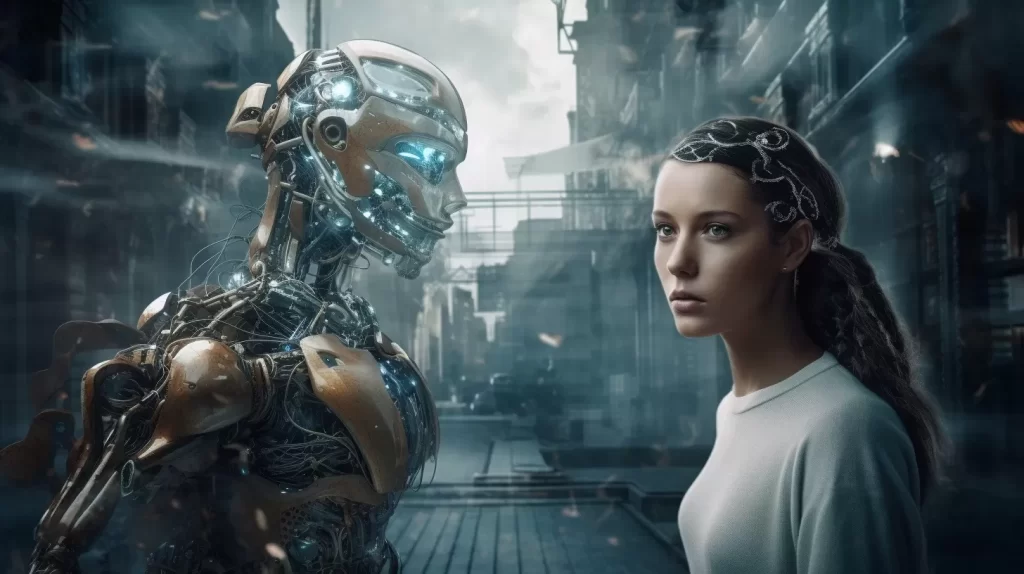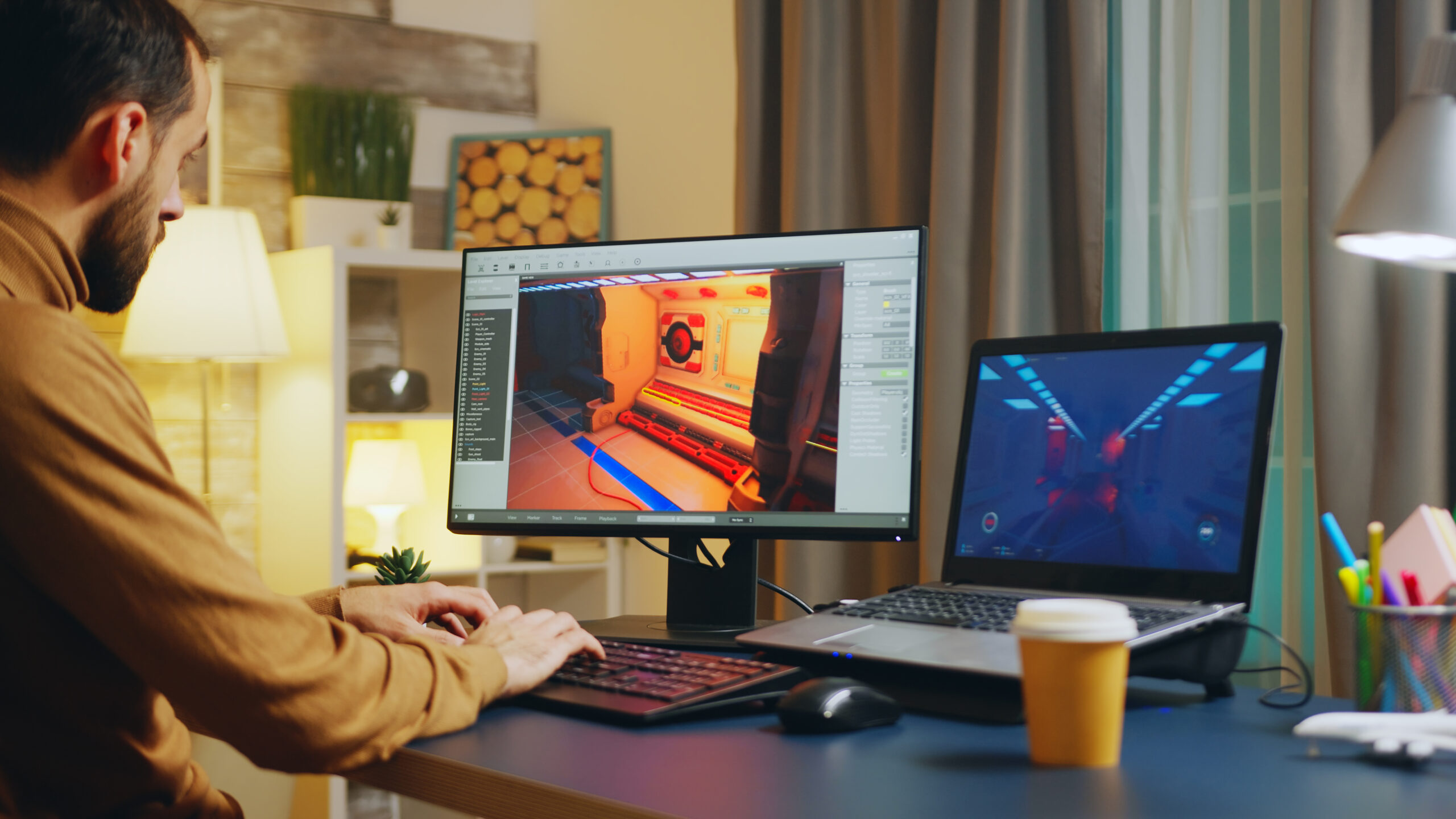Navigating the Evolution and Impact of Animation use in the Movie Industry: A 5-Step Journey Through Innovation and Creativity
The animation genre in film has had a remarkable evolution that has shaped the way tales are presented and enjoyed on large screens. Animation has always pushed the limits of creativity and technology, from the hand-drawn masterpieces of Disney’s golden period to the state-of-the-art CGI extravaganza of today. We take you on a 5-step journey through invention and creativity as we explore the history and significance of animation use in the movie industry.
Table of Contents

Animation’s Inception:
The journey starts with the modest beginnings of animation in the early 1900s. The enchantment of hand-drawn animation was first presented to audiences by pioneers like Walt Disney and the Fleischer brothers through well-known characters like Mickey Mouse and Betty Boop. Animation’s ability to captivate audiences with its charm and inventiveness during this era set the stage for storytelling through animation. The effect was tremendous and gave rise to an ongoing obsession with animated narrative.

Developments in Technology:
Animation developed along with technology. Greater visual quality and creative expression were made possible by the medium’s revolution brought about by the introduction of methods like cel animation and Technicolor. Movies such as “Snow White and the Seven Dwarfs” demonstrated how animation could take viewers to imaginative realms with vivid colors and empathetic characters. Animators pioneered the digital revolution by pushing the envelope of what was conceivable with each new technical advancement.

The Revolution in Digital:
Animation entered a new era with the introduction of computer-generated imagery (CGI), which provided previously unheard-of levels of realism and intricacy. Movies like “Toy Story” showed off how CGI might be used to build believable worlds with fully developed characters. This advancement in technology not only changed the animation industry but also opened up new storytelling avenues for directors, enabling them to tackle intricate subjects and previously unthinkable storylines. The industry as a whole was affected by CGI, which had an impact on live-action and animated movies alike.

Variety and Creativity:
The variety of voices and styles in animation increased along with the medium’s evolution. Independent animation studios such as Studio Ghibli and Laika challenged convention by presenting distinctive artistic visions that enthralled viewers all around the world. Technological developments, however, created new opportunities for exploration, as seen in “The Lion King” and “Spider-Man: Into the Spider-Verse,” which included photorealistic settings in addition to bizarre landscapes. This variety of approaches and styles enhanced the format and demonstrated the infinite possibilities of animation as a storytelling tool.

Effects and Heritage:
Animation is still a major force in the film business today, impacting not just the movies we watch but also how we view and engage with the world around us. Animation has had a profound impact on popular culture from its modest origins to the state of the art now, encouraging countless artists and filmmakers to push the envelope of imagination and inventiveness. Upon contemplating the development of animation in film, we are reminded of its lasting influence and heritage, which molds our perception of narratives and interpersonal relationships.

Animation use in the Movie Industry:
The development of animation and its influence on the film industry are examples of the strength of ingenuity and inventiveness. Brilliko Institute of Multimedia provides learning regarding Animation use in the Movie Industry. From its hand-drawn beginnings to the digital revolution of computer-generated imagery, animation has consistently expanded the parameters of narrative and captivated viewers with its inventiveness and skill. One thing is certain as we look to the future: there are countless opportunities for research and discovery, meaning that the adventure of animation is far from over.




